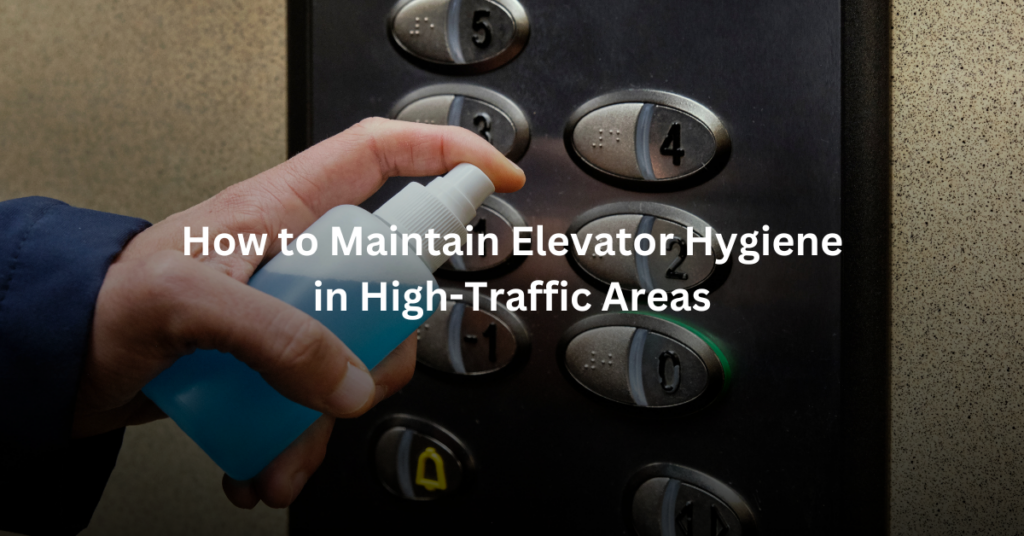Elevators in high-traffic areas, such as office buildings, shopping centers, and residential complexes, are used by hundreds or even thousands of people daily. With so many passengers, it’s essential to maintain proper hygiene to prevent the spread of germs and ensure a safe, clean environment for everyone. Here are some practical tips and strategies to keep elevators hygienic in busy areas.
1. Frequent Cleaning and Disinfection
Regular cleaning is the first step in maintaining elevator hygiene. High-touch surfaces such as buttons, handrails, and walls should be cleaned multiple times a day with disinfectants that are effective against bacteria and viruses. In high-traffic areas, elevators should be sanitized at least every few hours to minimize contamination and prevent the spread of illness.
2. Install Touchless Technology
Touchless elevator buttons or voice-activated systems are becoming more popular in modern buildings. By reducing the need for physical contact with buttons, these systems can significantly lower the risk of transmitting germs. Installing such technology in elevators that see a high volume of users is an effective long-term investment in hygiene.
3. Hand Sanitizer Stations
Placing hand sanitizer stations near elevator entrances can encourage passengers to sanitize their hands before and after using the elevator. These stations should be easily accessible and regularly refilled to ensure continuous availability. Encouraging hand hygiene in high-traffic areas helps reduce the transfer of germs between passengers.
4. Air Quality Management
Proper ventilation inside the elevator can play a crucial role in maintaining hygiene. Many modern elevators come equipped with air purifiers or advanced filtration systems that help remove contaminants from the air. In high-traffic areas, upgrading elevators to include air filtration can reduce the spread of airborne germs and create a healthier environment.
5. Encourage Social Distancing
Although elevators are confined spaces, encouraging social distancing wherever possible can help reduce the spread of germs. Markers on the floor to indicate where people should stand and signage encouraging a limit on the number of passengers per trip can help minimize close contact between individuals, especially during busy times.
6. Routine Maintenance Checks
Regular maintenance of elevator systems is key to hygiene. Ensuring that doors, buttons, and surfaces are in good condition can help prevent dirt buildup and wear, which can harbor germs. Maintenance personnel should also inspect air filters and ventilation systems to ensure they are working effectively.
7. Clear Hygiene Signage
Posting clear signage inside and outside the elevator reminding passengers of hygiene best practices is a simple yet effective way to promote cleanliness. Signs can include reminders to avoid touching their face after using the elevator, to use hand sanitizer, and to limit close contact with other passengers.
Conclusion
Maintaining elevator hygiene in high-traffic areas is a shared responsibility that involves regular cleaning, adopting touchless technology, and encouraging good hygiene practices among users. By following these strategies, building managers can help create a safer, cleaner environment for everyone.
